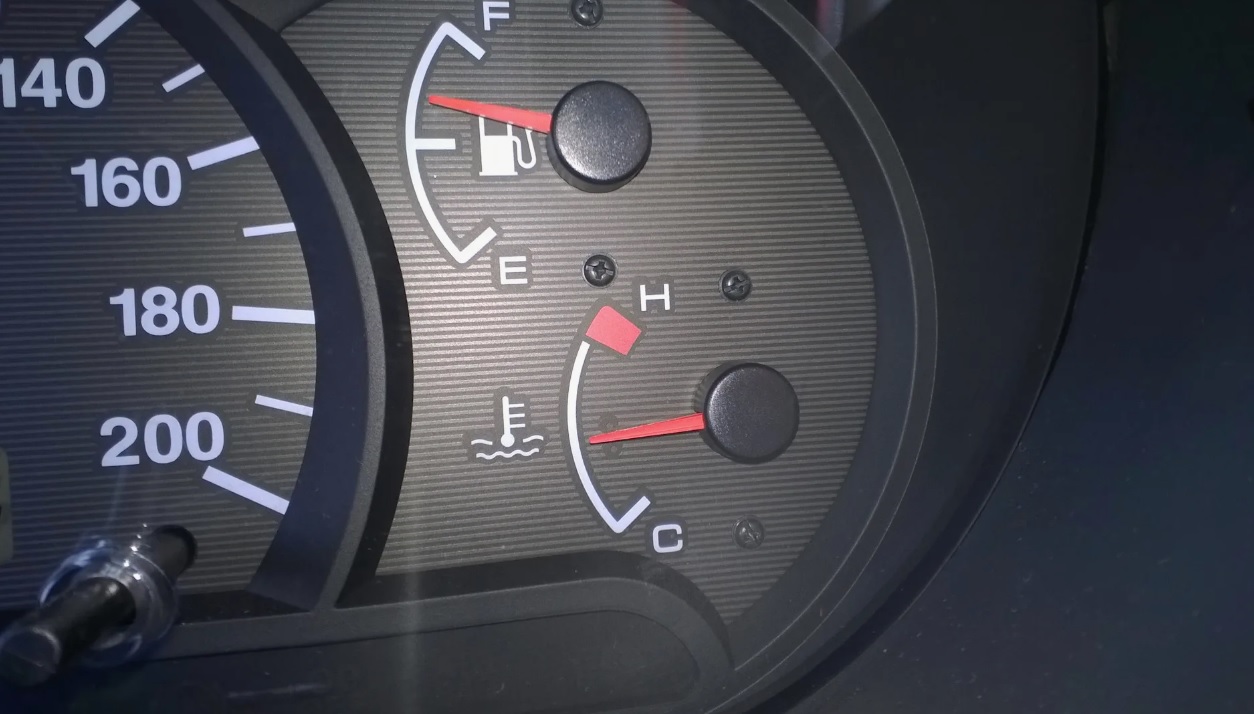
How to determine the normal operating temperature for the engine: differences between gasoline and diesel cars
Discloses information on how to determine what is considered a normal operating temperature for an engine. The operating temperature of the internal combustion engine plays a key role in ensuring the optimal functioning of the motor.
Powertrains are designed for a narrow temperature range where optimum economy, ecology, traction and other characteristics are achieved. Going outside this range can lead to wear and tear and shorten engine life.
Engine operating temperature generally refers to the temperature of the coolant, although the temperature of different parts of the engine can vary considerably. However, for car owners, these details are most often not directly relevant.
Gasoline engine operating temperature
For gasoline engines, the typical operating temperature range usually lies between 85 and 110 degrees Celsius. Older models operate at lower temperatures, around 90 degrees, while modern turbocharged engines can reach temperatures of 100 degrees and above.
Interesting fact: the temperature arrow on modern cars usually doesn’t display an accurate value. Even if the actual coolant temperature varies slightly within the normal range, the arrow may remain stationary.
Diesel engine operating temperature
The operating temperature of diesel engines is typically between 80 and 90 degrees Celsius. Despite the higher temperature in the combustion chamber, diesel engines have a lower coolant temperature due to the increased energy efficiency of the fuel.
Engine operating temperature in winter
The answer to the question of what the engine operating temperature is in winter is simple: it is the same as in summer. The cooling system is capable of maintaining a stable temperature regardless of the season, subject to possible fluctuations under certain operating conditions and weather. However, these fluctuations must be within the parameters set by the manufacturer.

